Sensory urinals: features and varieties
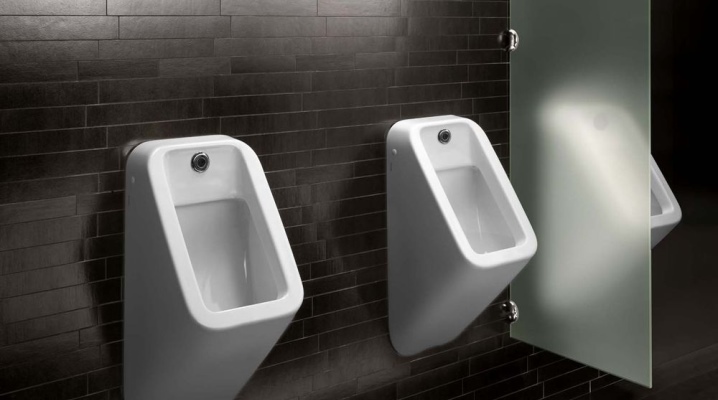
A urinal is a type of toilet designed specifically for urinating. They are both male, female and children's. The former are the most popular in public places. Touch-sensitive plumbing fixtures are becoming more and more popular. Sensory urinals, which are now installed at home, are no exception. Let's take a closer look at the features and types of sensory urinals.

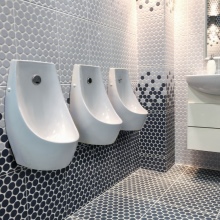
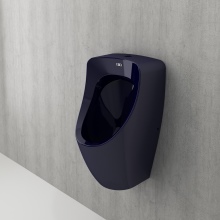
Design features
Structurally, the sensory urinal differs from the usual plumbing fixture only in the presence of elements that ensure the operation of the sensor.
The flushing device can have a system for automatically draining water at certain intervals or a sensor that turns on the drain after a person has moved away from the device at a predetermined distance.
The presence of a sensor allows you to adjust the volume of water supplied for flushing. In addition to the high-tech urinal, it is recommended to install a sensor mixer. It works on the principle of an infrared device, responding to the warmth of a person's hands.
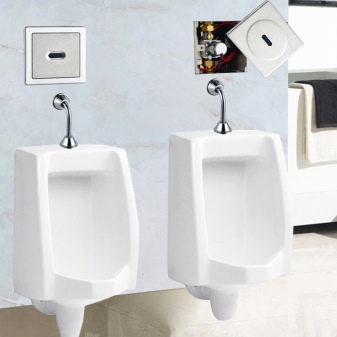
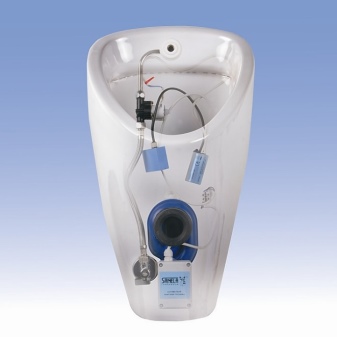
A urinal faucet is an outdoor device that supplies the amount of water needed to flush waste out of the bowl. A feature of outdoor cranes with automatic control is the presence of an induction infrared sensor, which reacts to the appearance in the area of its action of an object - human hands. The valve automatically turns on the water supply when the sensor is triggered and turns off a few seconds after the person removes his hands from the area of its action.
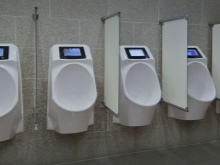
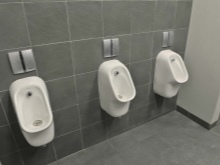
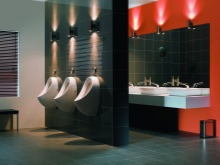
Advantages and disadvantages
Compactness, practicality and ease of use are just a few of the advantages of urinals with automatic flushing. In fact, they have a number of advantages over conventional toilets.
- Sanitation. Public spaces are characterized by a large number of visitors. Conventional toilets installed in washrooms are often unable to handle so much human waste. As a result - the appearance of an unpleasant odor, the accumulation of bacteria. The sensor urinal guarantees complete and high-quality disposal of waste, and the presence of an automatic sensor mixer in the kit eliminates the need for contact with the surface of the tap, preventing the spread of microorganisms.
- Possibility of savings. The cost of the device pays off in the shortest possible time. They are designed in such a way that they can significantly reduce the cost of water and electricity. They are maintenance-free and reduce cleaning time.
- Long service life. The lack of direct contact with the elements of the urinal allows you to completely eliminate the inept actions of the user, which can lead to breakdown and premature failure.
- Reduced water consumption. Flushing occurs only when necessary. The sensors completely block the drainage of water several times in a row. In addition, the water supply for washing is immediately stopped as soon as the user removes his hands.
- Convenient operation. Ease of contactless use that does not require the application of physical forces.
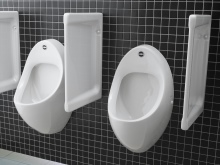
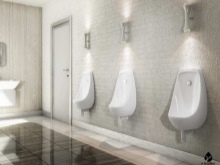
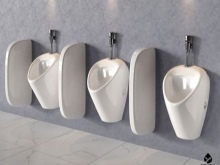
The disadvantages of a urinal are manifested in the absence of an electronic mixer in the kit - you often have to regulate the water.
Views
According to the installation method, all automatic urinals with a sensor are divided into the following types:
- suspended ones are installed by hanging on brackets or using an installation system; it is the most optimal option in terms of maintenance and cleaning;
- external ones have an external water supply, which provides for the presence of a tap or a siphon that is in sight;
- floor ones are installed on the floor along the wall, more often they have several sections; they are characterized by impressive size, are more often used in public places; during installation, engineering communications are in plain sight, they are hidden behind decorative panels;
- wall-mounted ones are suspended on the main wall with the help of special anchor bolts, and the communication lines are hidden with tiles.
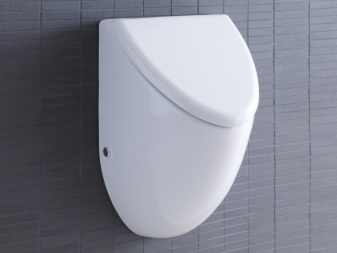
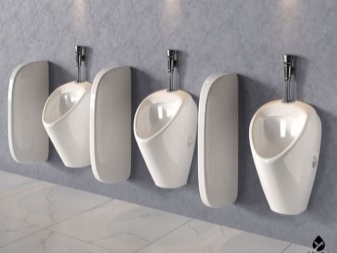
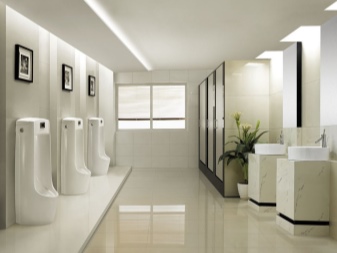
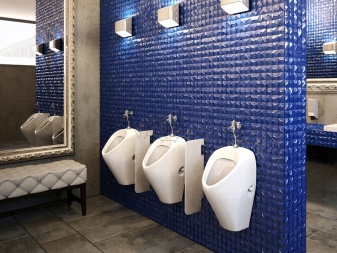
Where are they used?
Automatic urinals are relevant in crowded places - educational and medical institutions, places of rest and leisure, offices and shopping centers. The touch-operated drain device eliminates the need for contact with the surface of the device, preventing the spread of various infections. In addition, the presence of faucets and sensors with a sensor guarantees compliance with sanitary conditions and reduces water losses.
For an overview of the Jika urinal, see the video.













The comment was sent successfully.